Ancient Egyptian mathematics, developed between 3000 and 300 BC, was a practical and sophisticated system rooted in temple life and used for land surveying, pyramid construction, trade, and astronomy. It included arithmetic, geometry, and basic algebra, with mastery of unit fractions, linear equations, and volume calculations. Key texts like the Rhind and Moscow Papyri showcase their problem-solving skills, including estimating Pi and using the seqed (slope ratio) for architectural precision. Despite lacking zero, their decimal-based numeral system enabled advanced engineering and deeply influenced Greek mathematicians. Egyptian math was essential to daily life and monumental legacy.

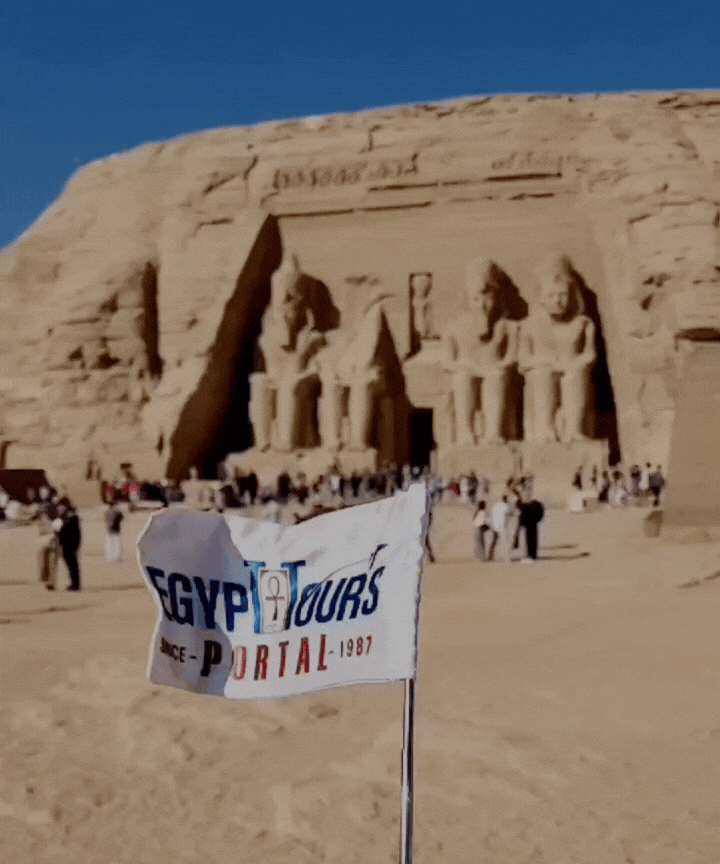
Ancient Egyptian mathematics was the poetry of logical ideas, the music of reason, and one of the main key components that led to the creation of the ancient Egyptian civilization, which is the world's most advanced ancient civilizations. They considered the study of mathematics much like the Nile river begins in minuteness but ends in magnificence.
They used it to help them function as a society and solve real-world problems. According to the great historian, Herodotus admitted the Greeks owed much to the Egyptians in the fields of ancient Egyptian astronomy, arithmetic, and geometry. Famous Greek scholars who studied in the library of Alexandria, like Plato, Euclid, Eudoxus, Pythagoras, and Thales, were learned in the Nile valley temples.
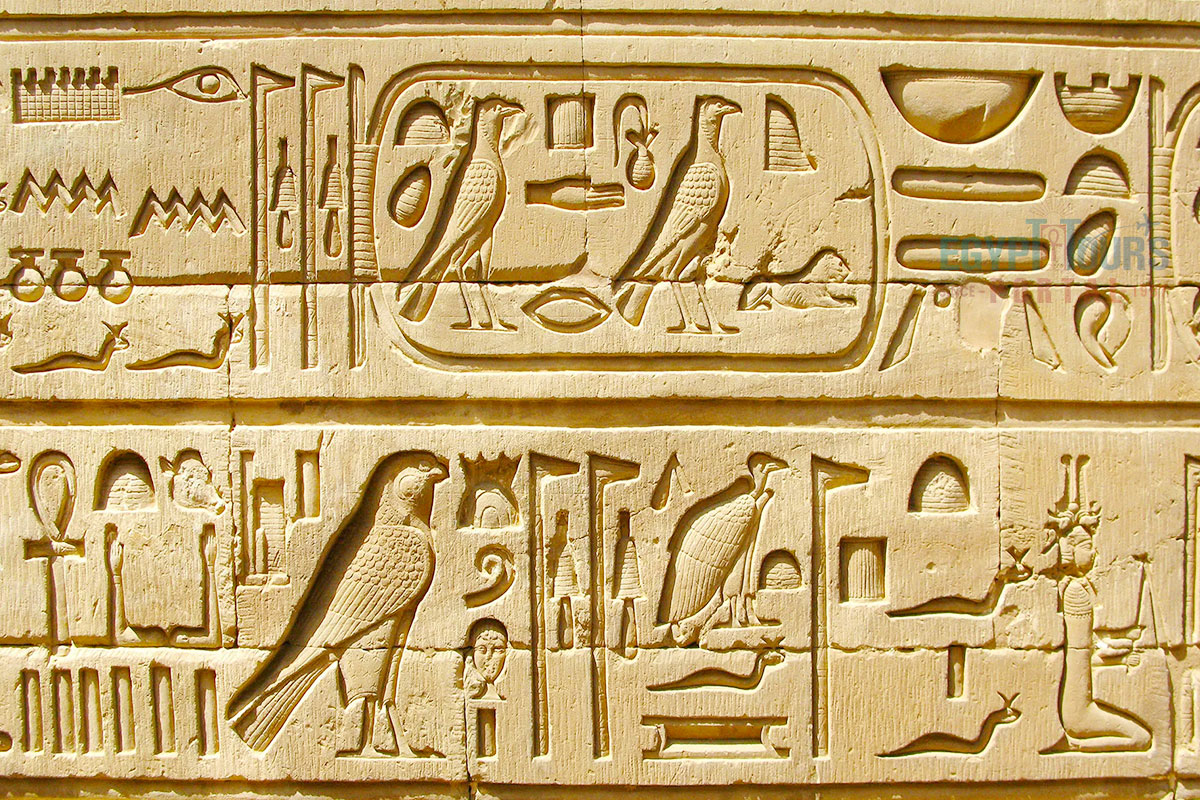
It was developed from 3000 to 300 BC from the old kingdom to the Hellenistic era, everything started with the introduction of writing which gave rise to the scribes who used their holy gift to apply the basics of sophisticated mathematics in record keeping, tax accounting, record the lunar phases patterns to devise a calendar, measuring the land.
Some surviving papyrus like the Moscow papyrus of the 19th century and the Rhind Papyrus of the 17th BC was able to show the ancient Egyptians understanding of the numeral system which involved multiplication and fractions and the concepts of geometry such as determining the surface area, the volume of 3D shapes which was the cornerstone of architectural engineering and algebra.
The priests and priestesses of ancient Egypt were the ones who used mathematics and were in charge of workers, surveyors, engineers, tax collectors, shopkeepers, and masons, while a much more advanced form of mathematics was used by those associated with the building-related jobs in Ancient Egypt.

Ancient Egyptians employed several mathematical fields, including arithmetic, geometry, and basic algebra. Their arithmetic involved an additive numeral system based on a base-10 format. They also utilized fractions in unique ways, primarily as unit fractions, where numbers were represented as the sum of fractions with one as the numerator.
Geometry was highly developed and essential for land measurements and architectural calculations. Basic algebraic techniques, such as solving linear equations using the "method of false position," also emerged, indicating a practical approach to problem-solving.
Discover the extraordinary architecture of the ancient Egyptian civilization
Read More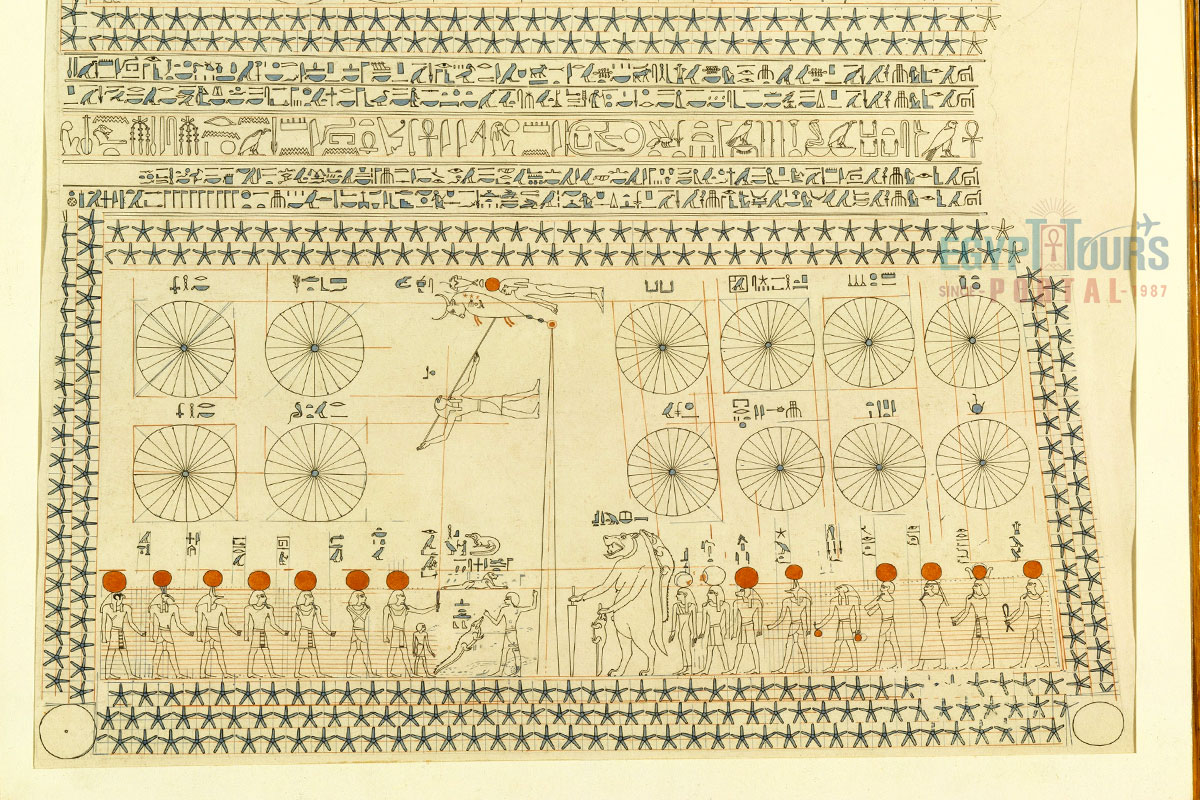
The evidence of the use of mathematics can be traced to the ivory labels at Abydos, which were inscribed with numbers and used as tags for grave goods. The Narmer macehead depicts an offering of 400,000 oxen, 1,422,000 goats, and 120,000 prisoners, and in the Old Kingdom, which proves the usage of a 10-number decimal system.
The ancient Egyptians used written numbers as they used a stroke for units, a heel-bone symbol for tens, a coil of rope for hundreds, a lotus plant for thousands which were additive but as for tens of thousands of even a million require hieroglyphics or as a million needed just one character while a million minus one required fifty-four character. They had no concept of zero as it was discovered by the Indians and adopted by the Arabs, then reaching European civilization after 800 AD.
The ancient Egyptians were able to solve linear equations and quadratic equations, which gave them the ability to estimate volumes of shapes and solids. They used multiplication by a process of repeated doubling of the number to be multiplied and choosing which of the doublings to add together, the same principles used in modern-day computer algorithms. With the rise of trade, many practical problems surrounding trade occurred, which led to the development of notation for fractions.

Ancient Egyptian geometry was developed and used primarily for surveying, and was essential for maintaining farmland boundaries after the Nile's annual floods. This geometric understanding is evidenced through mathematical papyri, notably the Moscow Mathematical Papyrus (MMP) and the Rhind Mathematical Papyrus (RMP), which show the Egyptians' skill in calculating areas and volumes of various shapes, including triangles, rectangles, circles, and solids like cylindrical granaries and pyramids.
The two papyrus held several problems, showcasing how the ancient Egyptians utilized their knowledge to solve several math problems. The Key Geometric Calculations included:
Triangles: Problems calculating triangular areas are found in both the MMP and RMP.
Rectangles: Problems focused on the area of rectangular plots are present in both papyri, with similar examples in the Lahun Mathematical Papyri.
Circles: RMP Problem 48 involves comparing the area of a circle (approximated by an octagon) to its circumscribing square, a result applied again in Problem 50 to find the area of a circular field.
Hemispheres: The MMP Problem 10 involves calculating the area of a hemisphere.
Cylinders: The RMP includes problems (41–43) on finding the volume of cylindrical granaries. Problem 60 appears to calculate the volume of a small, steep cone-like structure with a slope (seked) of four palms per cubit. A similar volume calculation for granaries with circular bases appears in the Lahun Mathematical Papyri.
Rectangular Granaries: Both the RMP and MMP contain problems (RMP 44-46 and MMP 14) that calculate the volume of rectangular granaries.
Truncated Pyramids (Frustums): The volume of a frustum, or truncated pyramid, is calculated in MMP Problem 14.
Units like cubits, palms, and fingers were standardized by cubit rods, examples of which have been found in officials' tombs. The royal cubit (52.5 cm or 20.7 in) was commonly used in land and architectural measurements, while diagrams and tools in ancient Egyptian tombs suggest that knotted ropes were essential for land surveying. In a remarkable demonstration of mathematical approximation, the Egyptians constructed near-perfect circular forms by approximating circles with octagons and comparing circular areas to squares with nearly identical dimensions.
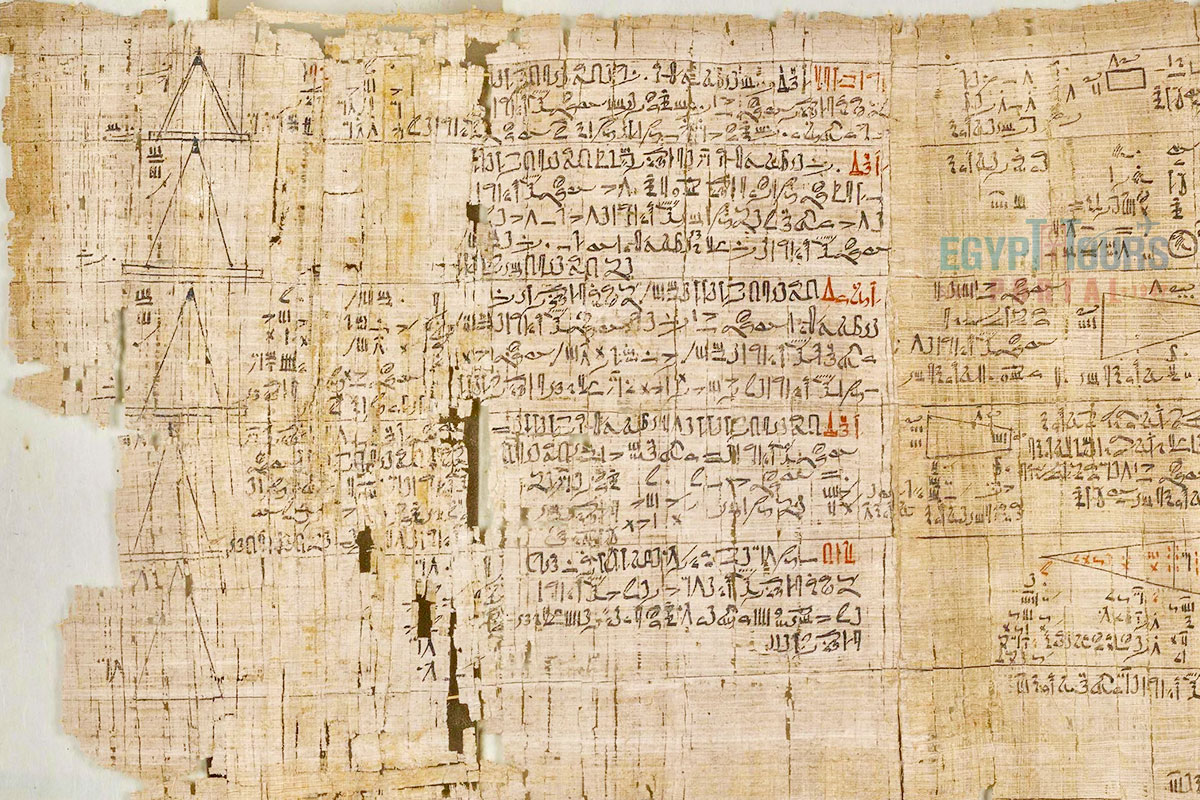
The Rhind papyrus was written in 1650 BC and discovered in the 19th century, and is filled with many mathematical problems and solutions. It showcases a section on fractions where the Egyptians preferred to reduce all fractions to unit fractions like 1/4, 1/3, and 1/9. They wrote 3/4 as 1/2+1/4 and 4/5 as 1/2+1/4+1/20.
The Moscow Papyrus, which dates to 1850 B.C., contains a method on how to calculate the volume of a truncated pyramid and the surface area of half a sphere; it also shows that the Egyptians used the value of Pi at 3.16, which is very close to our modern number of 3.14. It shows their standard of measurement was the cubit, around 52.3 cm. These techniques were used in constructing the pyramids and other monuments all over Egypt.
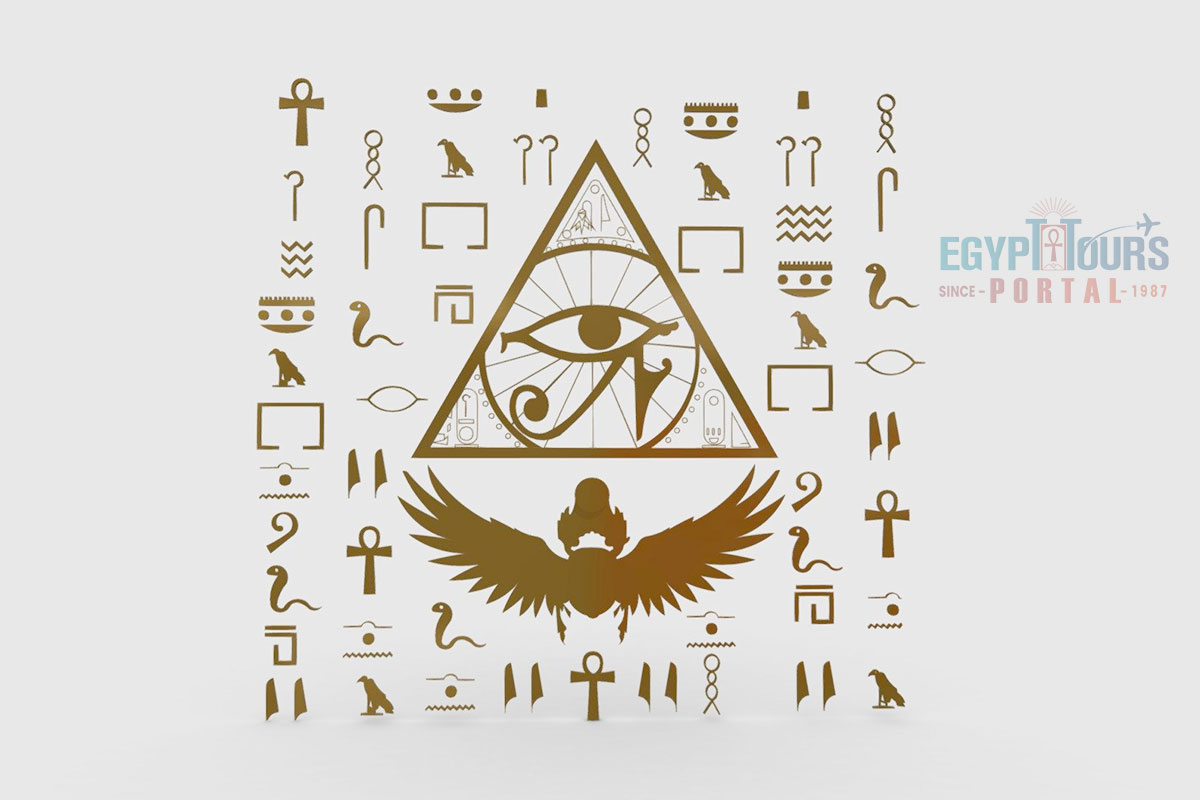
Egyptian geometry incorporated symbols that represented mathematical operations, such as addition, subtraction, and specific numerical values. They used hieroglyphs, with each number represented by a unique symbol, like coiled ropes for hundreds and lotus flowers for thousands.
Their ancient Egyptian symbols for fractions, like ½ and ⅔, were depicted as unique glyphs, which aided in calculations necessary for land surveying and architectural planning. Geometry symbols helped ensure consistency in mathematical operations, especially in architectural contexts.
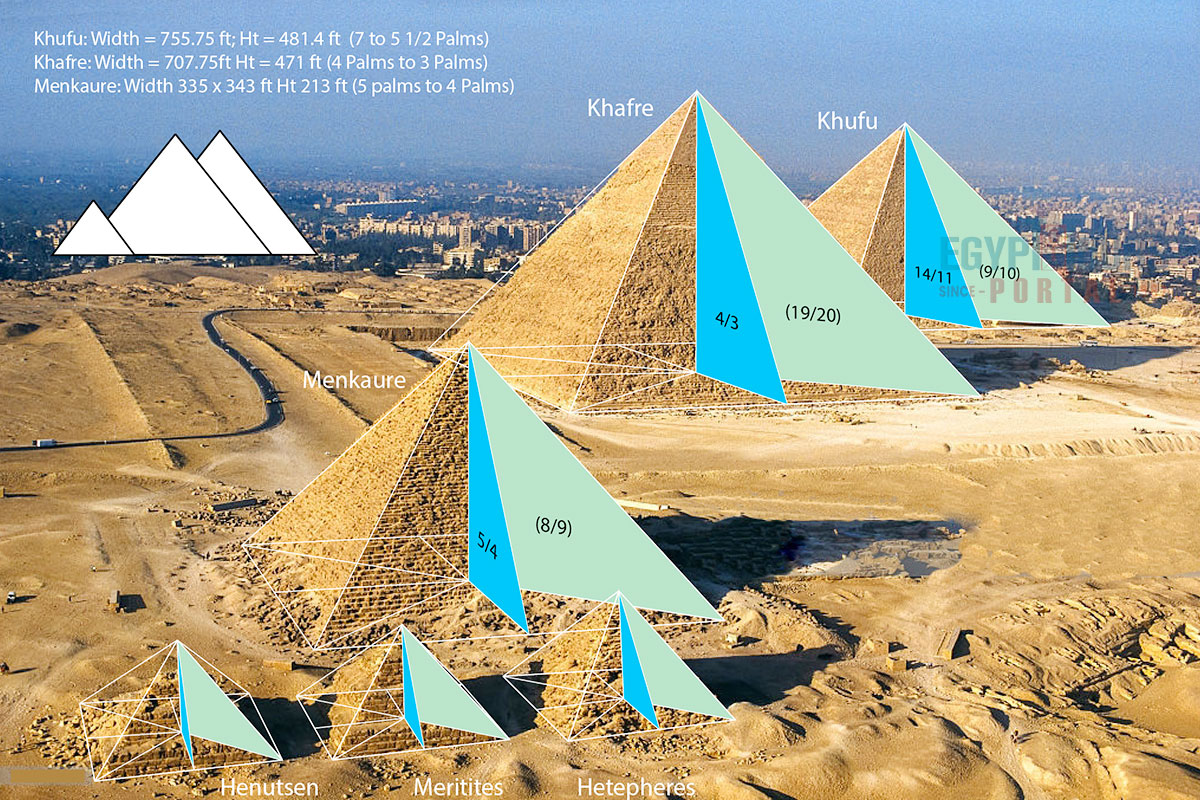
Egyptians achieved significant mathematical progress, including creating mathematical tables, introducing unit fraction systems, and developing reliable techniques for calculating areas and volumes. Their advances extended to creating multiplication and division algorithms based on doubling and halving, which reflect an early understanding of binary operations. The Rhind and Moscow Mathematical Papyri demonstrate these achievements, offering insights into how Egyptians approached complex calculations for construction, engineering, and the daily life of ancient Egyptians.
Ancient Egyptian mathematics contributions include innovations in geometry, methods for working with fractions, and a base-10 numeral system. Egyptian scholars developed specific formulas for calculating areas and volumes of shapes, including triangles, rectangles, and truncated pyramids. Their methods influenced Greek and later mathematical practices, especially in geometry. Ancient Egyptian texts such as the Rhind Mathematical Papyrus and Moscow Mathematical Papyrus show practical problem-solving applications that were instrumental for agriculture, architecture, and trade.
Ancient Egyptian Pyramids mathematics required precise mathematical knowledge and calculations, especially in geometry. Egyptians developed the concept of the seqed, a measure of the slope or gradient, which is crucial for constructing pyramidal structures. Understanding ratios and proportional measurements enabled builders to create monumental structures with remarkable symmetry. Evidence suggests they may have applied principles akin to the Pythagorean theorem to ensure structural stability and accurate dimensions.
The Ancient Egyptians were truly gifted in the art of mathematics, as it shows in the majestic constructions all over the is a great cities in enchanting cities of Cairo, Luxor, and Aswan, so get a better view of Egypt by booking one our magical Egypt tours and boarding a Nile river cruise to these incredible destinations.
Private 4 Days Cairo Tour Packages for Canadian Travelers 4 days Cairo Egypt Tour pa...
Tour Location: Cairo – Giza...
5 Days Cairo and Alexandria Tour Package For Canadian Travelers 5 days Cairo and Ale...
Tour Location: Cairo/Giza/Alexandria...
6 Days Cairo, Luxor & Aswan Tour Package For Canadian Travelers 6 days Cairo, Lu...
Tour Location: Cairo/Giza/Aswan/Luxor...
Amazing 7 Days Cairo and Hurghada Holiday for Canadian Travelers 7 Days Cairo & ...
Tour Location: Cairo – Giza – Hurgh...
Mathematics in ancient Egypt developed primarily to solve practical problems, particularly in agriculture and construction. The Nile River’s flooding necessitated accurate land measurements to re-establish property boundaries, while monumental architecture like temples and pyramids required precision in measurement and alignment. Mathematics became essential for managing resources, planning construction, and advancing trade.
Egyptians introduced the first known base-10 numeral system, unit fractions, and specific calculation methods for areas and volumes. They created mathematical tables for unit fractions and doubling, developed the concept of the seqed for architectural calculations, and applied early forms of algebra. The Rhind and Moscow Mathematical Papyri showcase these inventions and serve as some of the earliest mathematical documentation.
Ancient Egyptians used hieroglyphs to represent numbers, with specific symbols for 1, 10, 100, 1,000, 10,000, and so on. Numbers were additive; for example, 123 would be represented by one "100" symbol, two "10" symbols, and three "1" symbols. These symbols appeared on everything from official records to monuments, illustrating how widespread their numeral system was.
While the Egyptians didn’t invent geometry in the abstract sense, they developed practical geometric applications for engineering and surveying purposes. They used geometry to calculate areas of land, volumes of granaries, and precise measurements for pyramid construction. Their knowledge of geometric principles was crucial in establishing foundational practices that influenced later civilizations.
Egyptians relied on fractions to divide resources and manage agricultural yields. Their unique fraction system primarily used unit fractions, such as ½ or ⅓, and they developed tables for adding unit fractions to express complex quantities accurately. This approach simplified trade, distribution, and taxation processes, as unit fractions allowed for more straightforward calculations.
Geometry and arithmetic were essential in pyramid construction. Egyptians used the seqed to determine the slope, ensuring stability and aesthetic harmony. They also applied ratios and proportions to ensure uniformity and alignment, with some evidence suggesting knowledge similar to the Pythagorean theorem for verifying right angles.
Egyptians may have used a precursor to the Pythagorean theorem, as evidenced by their ability to create right angles and accurately align pyramid faces. For instance, they could form a 3-4-5 triangle to establish perpendicular lines, which would help achieve precise construction angles. Although the theorem wasn’t formally documented, Egyptians used similar principles to attain architectural accuracy.
Geometry was essential for land management, especially in re-measuring fields after the Nile’s floods. It also enabled Egyptians to construct massive architectural projects, like temples and pyramids, with precision. Geometry allowed for accurate area and volume calculations, which were crucial for resource management, building structures, and conducting trade.
The Egyptians applied a form of the Golden Ratio in pyramid construction. The proportions of the Great Pyramid, in particular, closely align with the Golden Ratio, suggesting they intuitively understood aesthetic harmony in structure. This proportion was likely used to achieve balance, stability, and visual appeal in their architecture.
The entire country of Egypt deserve to be explored with its every heavenly detail but there are places that must be seen before any other such as the breathtaking Hurghada's red sea, The wonders of Cairo the pyramids of Giza, the great sphinx, the Egyptian Museum, Khan El Khalili Bazaar, the wonders of Luxor like Valley of the Kings, Karnak & Hatshepsut temple and the wonders of Aswan such as Abu Simbel temples, Philea temple, Unfinished obelisk and The Wonders of Alexandria like Qaitbat Citadel, Pompey's Pillar and Alexandria Library. Read more about the best places to visit in Egypt.
If you want to apply for a Visa On Arrival that lasts for 30 days then you should be one of the eligible countries, have a valid passport with at least 6 months remaining and pay 25$ USD in cash, as for the E-Visa for 30 day you should have a valid passport for at least 8 months, complete the online application, pay the e-visa fee then print the e-visa to later be presented to the airport border guard. You could also be one of the lucky ones who can obtain a free visa for 90 days. Read more about Egypt travel visa.
Egypt has a variety of delicious cuisines but we recommend “Ful & Ta’meya (Fava Beans and Falafel)”, Mulukhiya, “Koshary”, a traditional Egyptian pasta dish, and Kebab & Kofta, the Egyptian traditional meat dish.
The best time to travel to Egypt is during the winter from September to April as the climate becomes a little tropical accompanied by a magical atmosphere of warm weather with a winter breeze. You will be notified in the week of your trip if the Climate is unsafe and if any changes have been made.
You should pack everything you could ever need in a small bag so you could move easily between your destinations.
We have been creating the finest vacations for more than 20 years around the most majestic destinations in Egypt. Our staff consists of the best operators, guides and drivers who dedicate all of their time & effort to make you have the perfect vacation. All of our tours are customized by Travel, Financial & Time consultants to fit your every possible need during your vacation. It doesn't go without saying that your safety and comfort are our main priority and all of our resources will be directed to provide the finest atmosphere until you return home.
You will feel safe in Egypt as the current atmosphere of the country is quite peaceful after the government took powerful measures like restructuring the entire tourist police to include all the important and tourist attractions in Egypt. Read more about is it safe to travel to Egypt.
Wear whatever feels right and comfortable. It is advised to wear something light and comfortable footwear like a closed-toe shoe to sustain the terrain of Egypt. Put on sun block during your time in Egypt in the summer to protect yourself from the sun.
The best activity is by far boarding a Nile Cruise between Luxor and Aswan or Vise Versa. Witness the beauty of Egypt from a hot balloon or a plane and try all the delicious Egyptian cuisines and drinks plus shopping in old Cairo. Explore the allure and wonders of the red sea in the magical city resorts of Egypt like Hurghada and many more by diving and snorkeling in the marine life or Hurghada. Behold the mesmerizing western desert by a safari trip under the heavenly Egyptian skies.
There are a lot of public holidays in Egypt too many to count either religious or nation, the most important festivals are the holy month of Ramadan which ends with Eid Al Fitr, Christmas and new years eve. Read more about festivals & publich holidays in Egypt.
Egypt is considered to be one of the most liberal Islamic countries but it has become a little bit conservative in the last couple of decades so it is advised to avoid showing your chest, shoulders or legs below the knees.
Arabic is the official language and Most Egyptians, who live in the cities, speak or understand English or at least some English words or phrases. Fewer Egyptians can speak French, Italian, Spanish, and German. Professional tour guides, who work in the tourism sector, are equipped to handle visitors who cannot speak Arabic and they will speak enough English and other languages to fulfill the needs of all our clients.
The fastest way is a car, of course, a taxi. If you are in Cairo ride a white taxi to move faster or you could board the fastest way of transportation in Egypt metro if the roads are in rush hour.
The temperature in Egypt ranges from 37c to 14 c. Summer in Egypt is somehow hot but sometimes it becomes cold at night and winter is cool and mild. The average of low temperatures vary from 9.5 °C in the wintertime to 23 °C in the summertime and the average high temperatures vary from 17 °C in the wintertime to 32 °C in the summertime. The temperature is moderate all along the coasts.
It is the home of everything a traveler might be looking for from amazing historical sites dating to more than 4000 years to enchanting city resorts & beaches. You will live the vacation you deserve as Egypt has everything you could possibly imagine.









